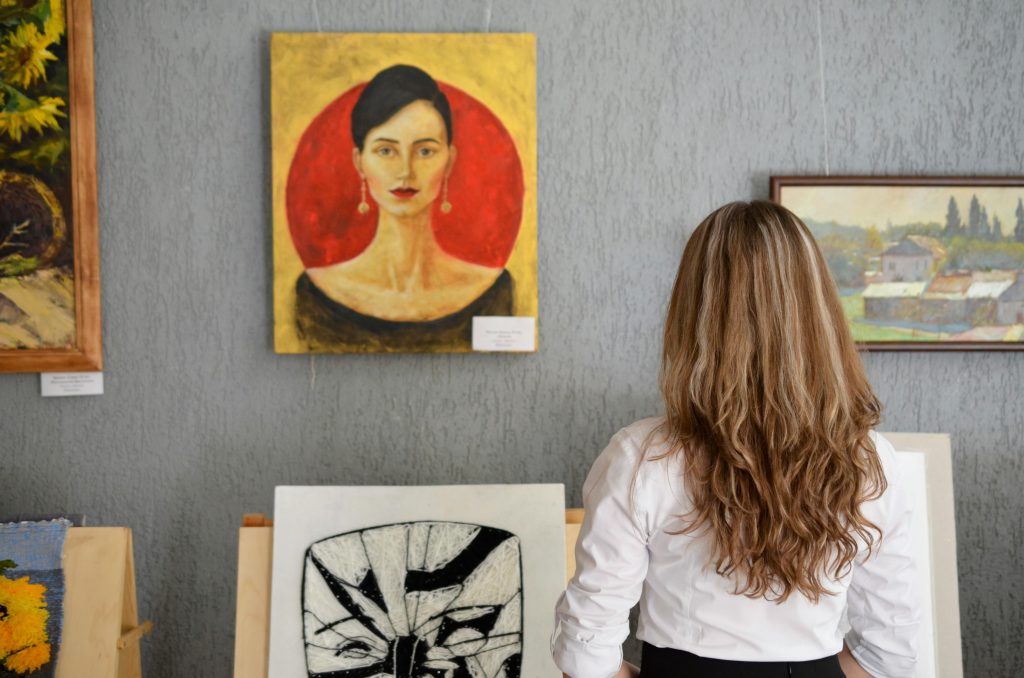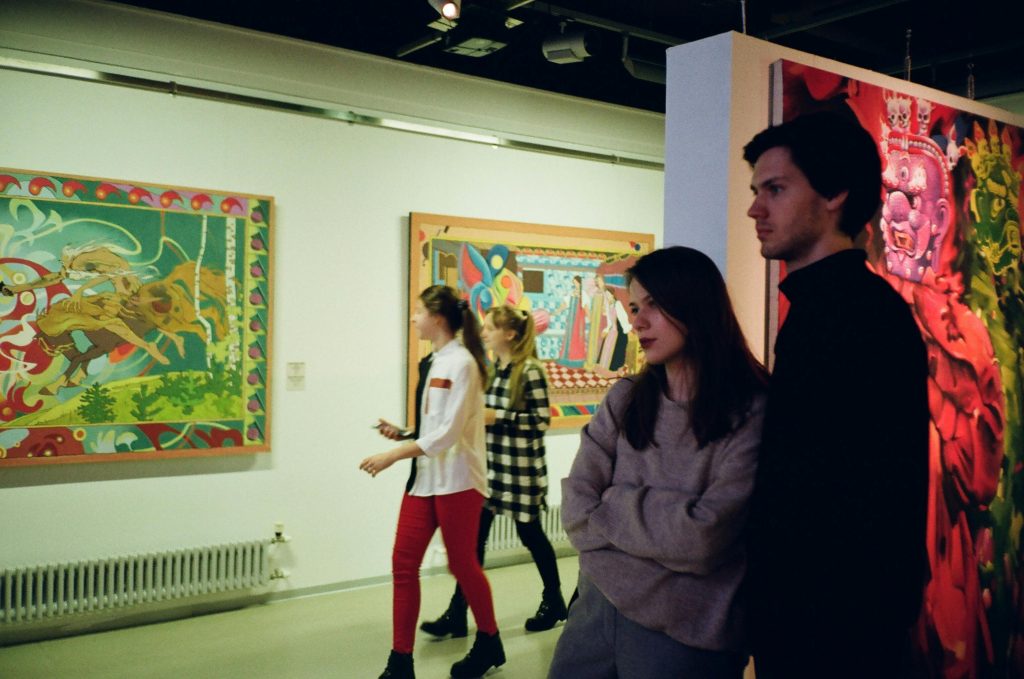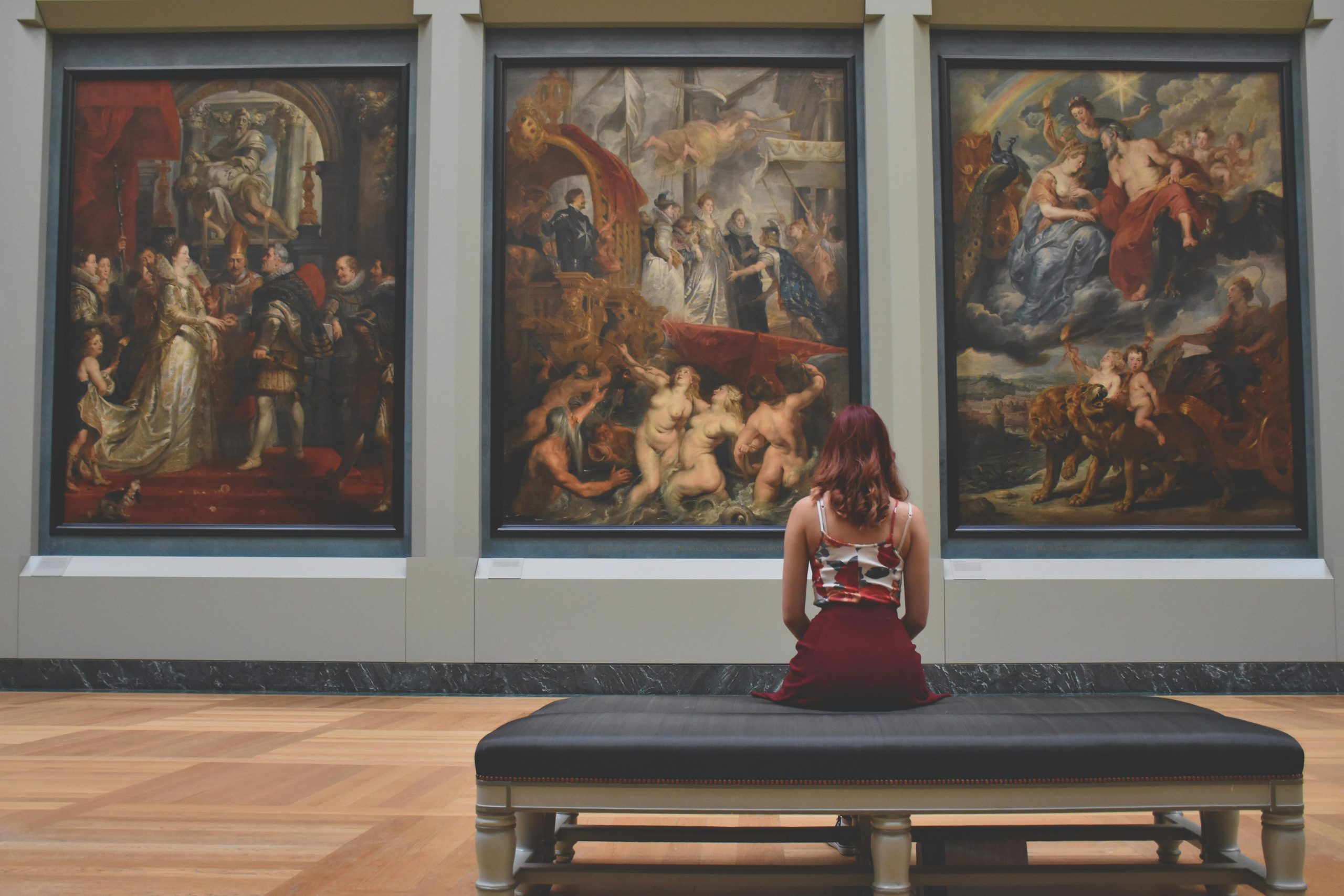Thanks to the Internet and new trends, the art world has expanded beyond physical galleries. Artists can now connect with a global audience through strategic online marketing. To boost art sales, understanding and implementing effective digital strategies is crucial.
This article will show you various techniques that artists can use to enhance their online presence, engage with potential buyers, and ultimately drive sales.
Understanding Your Audience
Knowing who appreciates your art and who is likely to purchase it will inform every marketing decision you make. Create buyer personas that include demographics, interests, and purchasing behavior. Use social media analytics and website data to gather insights about your audience.
Building an Engaging Website
A professional, user-friendly website is vital for any artist aiming to boost art sales. Your website serves as a central hub for potential buyers, so it should showcase your portfolio, provide information about your art, and facilitate easy purchasing options. Here are some essential elements to include:
- High-Quality Images: Ensure that your artwork is presented in high resolution. This gives potential buyers a clear view of your art, making them more likely to purchase. In case you make lifestyle images, you could use Room Mockups by ArtPlacer.
- E-commerce Functionality: Implement an easy-to-navigate online store. Platforms like Shopify or WooCommerce can help you set this up without requiring extensive technical knowledge.
- Artist Bio and Story: Share your artistic journey. Buyers often connect more with art when they understand the artist behind it.
- Contact Information: Make it easy for potential buyers to reach you with questions or custom requests.
- Blog Section: A blog can drive traffic to your site, improving your SEO and allowing you to connect with your audience through articles about your creative process, art history, or industry trends.

Harnessing Social Media
Social media platforms are indispensable for artists. They allow you to showcase your work, engage with followers, and promote sales. Here are some strategies to consider:
- Choose the Right Platforms: Focus on platforms where your audience is most active. Instagram and Pinterest are particularly effective for visual content, while Facebook can help you engage with local buyers.
- Create Engaging Content: Share not just finished pieces, but also behind-the-scenes looks at your creative process, works in progress, and personal stories. Engaging content can foster a connection with your audience.
- Utilize Hashtags: Using relevant hashtags can increase the visibility of your posts. Research trending hashtags within the art community and incorporate them into your social media strategy.
- Collaborate with Other Artists: Partnering with fellow artists for joint promotions or exhibitions can expand your reach and introduce you to new audiences.
- Run Paid Ads: Consider using targeted social media ads to promote specific artworks or sales events. Platforms like Facebook and Instagram offer robust advertising tools that can be tailored to your audience.
Email Marketing
Email marketing remains one of the most effective ways to communicate directly with your audience. Building a mailing list allows you to share updates, exclusive offers, and new artwork directly with interested buyers. Here’s how to leverage email marketing for artists:
- Create a Sign-Up Form: Place an email sign-up form on your website and social media profiles. Offer an incentive, such as a discount on their first purchase, to encourage sign-ups.
- Segment Your Audience: Tailor your emails to different segments of your audience. For example, send personalized messages to collectors, casual followers, or those who have previously made a purchase.
- Craft Compelling Content: Your emails should be visually appealing and informative. Include high-quality images of your artwork, share upcoming exhibitions, and provide insights into your creative process.
- Regular Updates: Send regular newsletters to keep your audience engaged. Share your latest works, upcoming events, and any special promotions you may have.
SEO and Content Marketing
Search Engine Optimization (SEO) is crucial for increasing the visibility of your website and driving organic traffic. Here are some strategies to improve your SEO:
- Keyword Research: Identify keywords related to art sales that potential buyers might use when searching online. Use tools like Google Keyword Planner to find effective keywords.
- Optimize Your Website: Include relevant keywords in your website’s content, meta descriptions, and image alt texts. This will help search engines understand what your site is about.
- Create Valuable Content: Writing blog posts that provide value to your audience can help attract visitors to your site. Topics might include art techniques, art trends, or tips for new collectors.
- Backlinking: Collaborate with art blogs or influencers to create backlinks to your site. This not only increases traffic but also enhances your site’s credibility in the eyes of search engines.

Online Art Marketplaces
In addition to promoting your own website, consider leveraging online art marketplaces to increase art sales. Websites like Etsy, Saatchi Art, and Artfinder allow artists to reach a wider audience without the need to build their own platform. These marketplaces often have built-in marketing tools and a loyal customer base looking specifically for art.
- Create Compelling Listings: When using these platforms, ensure that your listings are well-crafted with high-quality images and detailed descriptions.
- Stay Active: Regularly update your listings and engage with customers to increase visibility and sales potential.
Networking and Building Community
Building a community around your art can significantly boost your visibility and art sales. Here’s how to foster connections:
- Participate in Online Art Forums: Engage with other artists and collectors on platforms like Reddit or dedicated art forums. Sharing your expertise and participating in discussions can enhance your reputation.
- Attend Virtual Art Events: Join webinars, virtual galleries, or online art fairs. These events offer networking opportunities and can expose your work to potential buyers.
- Engage with Local Art Communities: Even in a digital world, local connections can be valuable. Collaborate with local galleries or art organizations to gain exposure.
Analyzing and Adjusting Strategies
Finally, continually analyze the effectiveness of your marketing strategies. Use tools like Google Analytics and social media insights to track visitor behavior and sales. This data can inform your decisions and help you refine your strategies over time.
